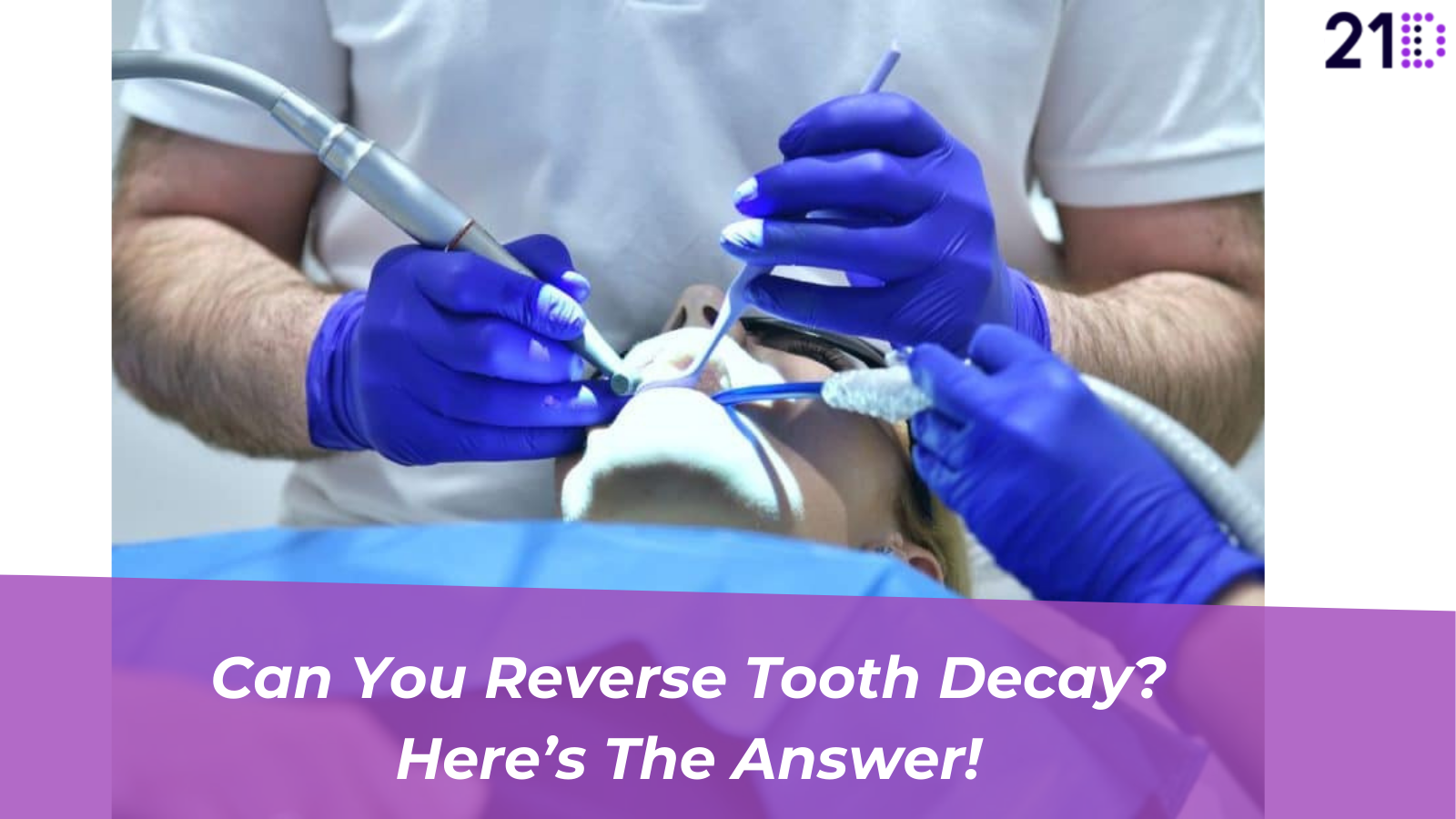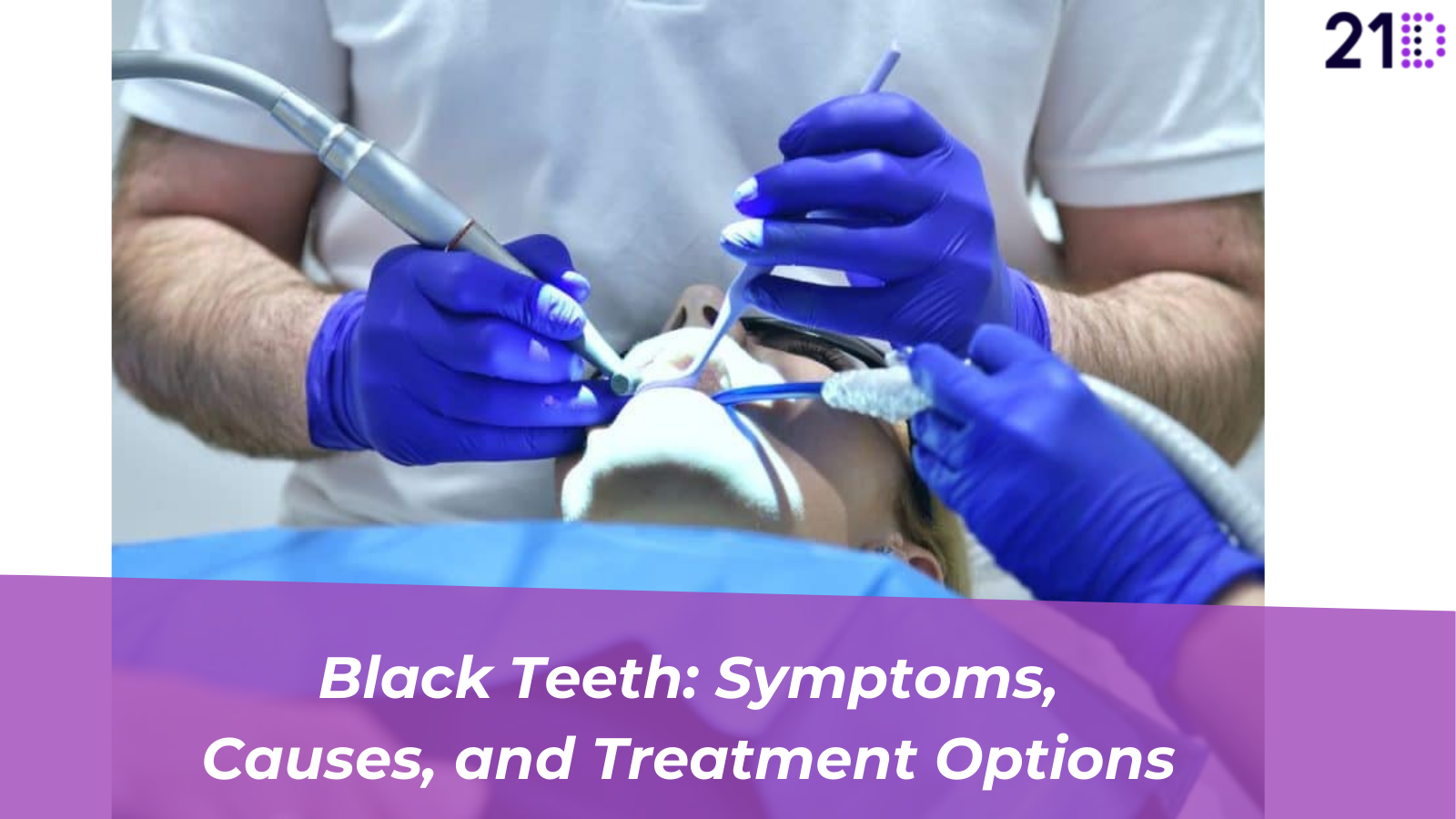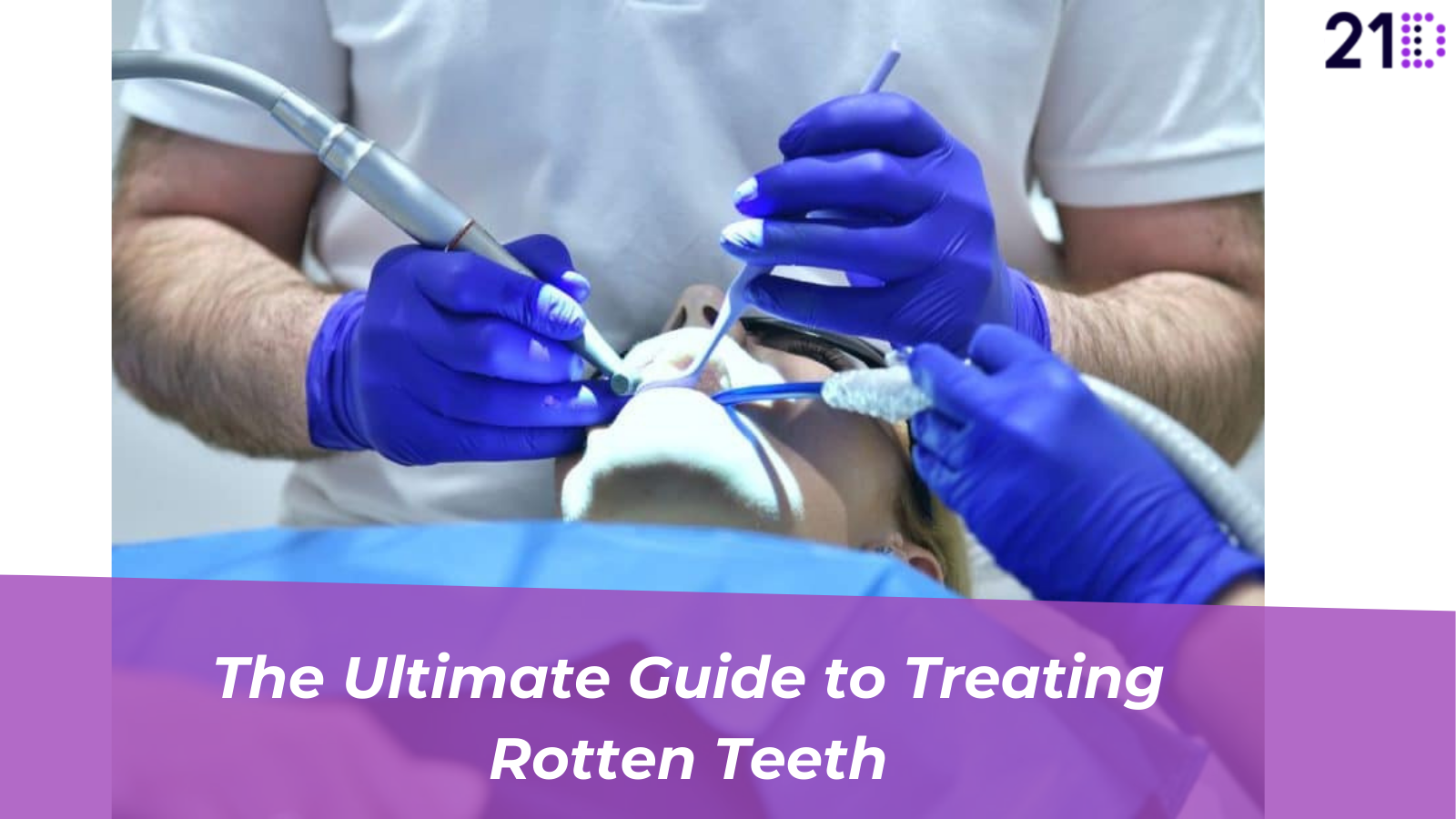Bone grafting is a vital step in dentistry and orthopaedics. It helps revive the bones while providing the needed support for the structures. The choice of graft material is of primary importance as it determines the success and duration of the grafting procedure. By applying top-class materials, we avoid complications and offer optimum outcomes and patient satisfaction.
Materials used in bone repair can be attributed to factors such as biocompatibility and structural stability that are important for bone regeneration and treatment effectiveness overall. In this piece, we discover the range of bone grafting materials, including their types, benefits, and factors of consideration in treatment. Keep reading for some more details! Keep reading to learn more!
What Is Bone Grafting?
Bone grafting, as a medical engineering solution, is indispensable for treating bone loss in multiple medical issues and supports healing procedures. It is a surgical method that involves transplanting the bone to fill the gap and fix or rebuild the diseased or damaged bones. This can be accomplished using bone from the patient’s body, such as from the hips, legs, or ribs, or donated bone tissue.
The human skeleton is mainly made up of bone matrix, where the presence of living bone cells achieves the upkeep of the bone’s structure. When a bone is fractured, the body has a natural healing response; however, extreme breaks may lead to a considerable loss of bone mass and may, therefore, prevent healing without intervention.
When a bone graft is performed, a piece of new bone is inserted either at a healing site or at a site where two bones are supposed to join. This implant develops a relationship with the pre-existing bone, thus contributing to healing. An autograft is a procedure typically done along with other surgical procedures, including in the case of severe fractures where bone loss is significant.
Although artificial materials may mimic bone grafting, they are not the same. Patients generally undergo general anaesthesia during bone grafting, providing optimal comfort and safety.
Role Of Bone Grafting In Dental Implant Surgery
The bone grafting technique is essential for dental implant surgery because it handles bone loss, and successful implantation depends on it. Here are the roles of bone grafting in dental implant surgery:
Restoring Bone Volume
Bone loss can have different causes, such as tooth removal, gum disease, trauma, or old age. Insufficient bone volume may be responsible for the difficulties encountered in dental implant placement. The implants should be supported by solid and sufficient bone tissue. Bone grafting is an ancillary method to replace the lost bone volume and form a solid implant base. This is critical for the longevity of the implants.
Preservation of Facial Structure
The jawbone is a crucial element of the skeleton as it stabilises the facial structure, which includes the cheekbones, lips, and chin. If a tooth is missing, the underlying bone could be eroded, which is why a person looks older. Bone grafting provides a way to prevent the loss of bone volume, thus maintaining the natural facial shapes and avoiding facial structure collapse.
Enhanced Implant Stability
Dental implants are based on osseointegration, the integration process of the implant and the surrounding bone. Adequate bone density and volume hold the key to a successful implantation. By allowing bone material to be lodged into the region of bone deficiency, the implant’s stability can be improved, and the risk of implant failure is decreased, which provides longer-term durability.
Improved Esthetics and Functionality
Dental implants provide a natural-looking smile and improve oral function, including chewing and speech. Bone grafting is essential for the dental implant procedure, giving you solid foundations for your new teeth and facilitating the entire functioning of the replacement teeth. Furthermore, it provides a good fit and position for the implants, leading to a pleasing result.
Types Of Bone Grafting Materials Used In Dental Implants
There are several different types of bone grafts available. These include:
Autograft Bone Graft
Doctors perform bone grafting, removing bone from the patient’s body, usually from the chin area or hard palate. If bone material is deficient from the socket, the bone may be taken from the thigh or ankle. The advantage of autograft is the low risk of bone graft rejection because this bone originates from the patient’s own body. Conversely, this method necessitates cutting another part of the body.
Allograft Bone Graft
Allograft bone grafts are retrieved from donor cadavers. While preparing donor bone for implantation, surgeons carefully ensure that the bone is free of diseases or infections. Similarly to the donor bone, the bone graft must undergo various treatments to suit the patient. The prime danger of applying this kind of bone graft for placing dental implants is the possibility of an immune response or refusal.
Xenograft Bone Graft
Xenograft bone grafts are acquired from animals, such as cows or pigs, and mineral components are extracted to make them usable. These grafts are implanted, revitalising the dental implant sites. After a while, the body replaces the xenograft with new bones through natural healing.
Alloplast Bone Graft
The last choice that people can have is the alloplastic bone graft that is used for such a procedure. This has either synthetic or natural origin and is a mineral that is either manmade or derived from natural resources. Alloplasts have certain advantages like low probability of disease transfer and fast bone creation.
Success Rate
| Graft Type | Success Rate |
| Autograft | 95% |
| Allograft | 92% |
| Xenograft | 90% |
| Alloplast | 89% |
Different Bone Grafting Techniques
A bone graft requires complete healing before the implant is placed in the gap, and it takes different recovery times. There are situations where passive bone grafting and implant placement can be conducted simultaneously, considering the individual factors and the dentist’s decision.
Each technique is designed to tackle the problem of specific bone defects, allowing them to create suitable and favourable conditions for implantation.
Socket Preservation
It is also called ridge preservation and has to be placed immediately after the tooth extraction. It plays the role of a bone socket plug, thereby inhibiting the void collapse while paving the way for the future implantation of dental implants.
Ridge Augmentation
This method increases the width and volume of a thin jawbone and maintains its stability for implant support, particularly for those who have suffered from long-term missing teeth.
Sinus Lift
When top back teeth are missing, sinuses may come across the teeth’ roots, preventing implant installation. The sinus lift elevates the sinus membrane and fills the space between the bone to provide support for the implant.
Periodontal Bone Graft
Gum disease can cause tooth loss, as bone is lost around teeth, causing them to become loose. Periodontal bone grafting can save a tooth from falling off by adding the missing bone, which improves its strength and might prevent it from falling off.
How Is Dental Bone Grafting Performed?
Here is how dental bone grafting is performed:
Before Dental Bone Graft Placement
Before the process, the dentist examines your oral cavity thoroughly to determine its health by checking your teeth, gums, and jawbone. Finally, the assessment can be done by taking X-rays or scans of the teeth to see the amount of bone loss and also find out any underlying problems that may be there. As a result of this screening, your dentist proposes treatment options and develops a plan tailored to your needs and desirable outcomes.
During Dental Bone Graft Surgery
On the day of the surgery, your dentist starts by administering local anaesthesia, which should be done to make you comfortable throughout the whole procedure. Afterwards, the dentist will numb the area and incision your gums to access the bones beneath. The cleaned bone is now ready for the new bone tissue to grow.
The area is sterilised thoroughly to provide the best conditions for grafting. The next step involves the placement of bone grafting material that could be taken from the body, a donor, or synthetic materials to repair the bone defect.
Sometimes, a shield is applied over the transplant to facilitate healing and avoid infection. Lastly, the gum tissue is repositioned and stays in place with sutures to get the bone to heal well.
After a Dental Bone Graft
When you undergo the procedure, you can expect to feel soreness, swelling, and bruising around the treatment area. A prescription from your dentist may include pain medication and antibiotics to help you with the pain and reduce the chance of getting an infection. Furthermore, in the days that follow the procedure, you might find fragments of bone or particles emerging from the surgical area.
This is normal during the healing process as the bone graft integrates with your natural bone. However, you must contact your dentist if you experience persistent or worsening pain, swelling, or other concerning symptoms.
When Do You Need Bone Grafting For Implants?
Bone graft is essential in dental implants as it helps achieve this process’s desirable and durable results. By enhancing bone height and density, grafting adds the necessary stability for a solid base that permits the implant placement to be successful. Thus, the implant is to be firmly supported. Implant failure can occur due to the absence of the necessary bone structure to provide firm anchorage.
Therefore, grafting augmentation is essential for enhancing implant stability while minimising the risk and improving the chances of a successful implant.
Bone Grafting Timing
Time-wise, the procedure of bone grafting for dental implants is scheduled at least months before implantation. When circumstances don’t allow teeth to be implanted directly after tooth extraction, bone grafting is considered an alternative measure for preserving the existing bone around the extraction socket and stimulating new bone formation.
Immediate Implant Placement
Instant implant setting, which is conducted at the same time as tooth extraction, usually involves grafting to safeguard healthy bone levels around the implant fixture and, consequently, to prevent bone loss.
Complex Cases
Progressive bone grafting techniques may be required in bone defects where implant placement is almost impossible. These cases could be handled by a group of dental and orthopaedic surgeons who would be part of a multi-speciality team operating in a hospital setting to address severe dental dysfunction.
How To Choose A Good Bone Grafting Material?
The main objective of bone grafting is to create mechanical support and an osteoregeneration stimulus, and the final goal is to replace bone. The material used for bone grafting will be based on many factors, such as patient concerns, type of surgery procedure, medical history, and bone quantity/quality issues.
Type of Surgery
Bone graft material for implants that carries the properties of osteoinductive, osteoconductive, and osteogenic is explicitly preferred, and such materials are not always readily available.
Hence, surgeons mostly use allografts, a blend of cortical and cancellous bone, due to their availability and reliability in different procedures such as ridge preservation, lateral ridge augmentation, sinus lifts, or immediately placed implant stabilisation.
Patient Concerns
Different patient preferences and concerns, including disease transmission with organs from allografts and xenografts, could necessitate other options, such as autografts and alloplastics.
Health History
The clinical manifestation of the patient’s health determines the success of the bone graft. Patients with conditions such as weak immune systems, diabetes, autoimmune diseases, or nutritional deficiencies may be attributed to graft or implant failure, so this must be considered before the procedure is performed.
Bone Quantity/Quality
Patients with deficient bone amount or structure can benefit from the grafts to rebuild denser bone and provide stability for the implant.
Use of Membranes
In cases of ridge augmentation, membranes may be needed for insulation and stabilisation of the graft. It is essential to have resorbable and non-resorbable membranes in the armamentarium of an oral surgeon to handle different clinical situations and to achieve a long-term successful outcome.
The choice between the two membranes depends on the surrounding bone support and the need for framework stability. Finally, post-operative care is significant to prevent membrane exposure as a complication.
Is Bone Grafting Painful?
Bone grafting is generally not very painful when used in dental procedures. If the grafting does not involve collecting bone material from the patient’s body, it constitutes a minor procedure. During the procedure, you will be sedated, which will ensure that you do not feel any pain.
On the other hand, when the anaesthesia goes away partly, some pain can be felt, but it is usually quite bearable with over-the-counter drugs. In addition, prescriptive-strength drugs can be given if needed.
Recovery time will depend on the surgery type; it can take several weeks to a couple of months for the discomfort to disappear. In cases where bone material is removed from the patient’s body, such as the hip and jaw, the recovery process may be even more uncomfortable as the procedure will be done in multiple sites.
Nevertheless, the quantity of bone raked out and grafted is usually tiny, shortening the period of discomfort. Although there may be some pain during recovery, it is generally tolerable and short-lived.
How Is 21D The Best Dental Implant Clinic For Bone Grafting?
Bone grafting is an essential step in the ladder of dental implant surgery. It sets the base of a strong implant. Therefore, you must always opt for an experienced, reliable, and pocket-friendly dental implant clinic.
At 21D, we take pride in being a leading provider of dental implant clinics in the UK. Our team is dedicated to offering a unique and precise technique for delivering implants and fixed teeth that are both safe and fast.
Our approach sets us apart from other full jaw implant solutions, and we are committed to providing the best possible care to our patients. Here’s what sets us apart:
Advanced Technology: We offer one of the most advanced implant systems in the UK. This may instil confidence in patients seeking the latest and most innovative dental treatments.
Safer Procedure: Your safety and comfort are our top priorities. The 21D technique is designed to be minimally invasive, minimising discomfort and shortening healing times, giving you peace of mind during your dental journey.
Reduced Cost: At 21D, we offer a comprehensive solution for dental patients that addresses their dental and financial concerns. Our 21D solution is a cost-effective alternative to other full-jaw implant procedures, providing significant savings without compromising quality care. Patients can rest easy knowing they receive top-notch dental treatment while controlling their dental costs.
Hence, if you’re considering bone grafting and dental implants, 21D is a great option. Our unique approach, experienced staff, and focus on patient safety make us a field leader. To get yourself evaluated, book a free consultation with our implantologist today.
Conclusion
Bone grafting is a critical dental and orthopaedic surgery, the foundation of bone restoration and structural support. The quality of grafting material is one of the most essential determinants of the procedure’s outcome and longevity, with the perfect material necessary for superior results and positive customer feedback.
Regardless of bone loss prevention or improving implant integrity, bone grafting involves a wide range of medical scenarios, with dental implant surgery being significant.
Awareness of various grafting materials and their roles in the treatment process is essential to success. If you are searching for a trustworthy bone grafting clinic in the UK, feel free to schedule a complimentary session today at 21D.




